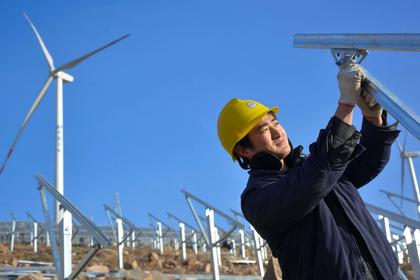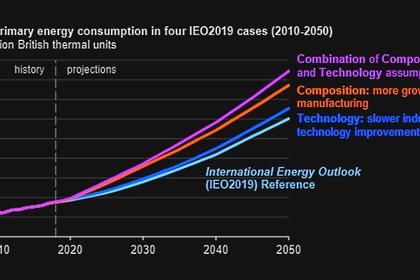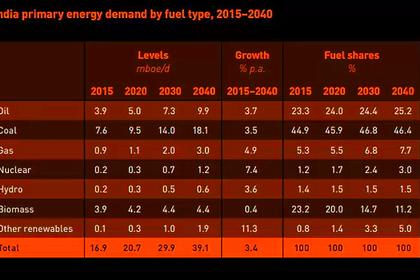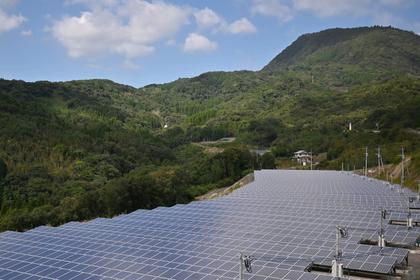
ENERGY TRANSITION FOR COAL
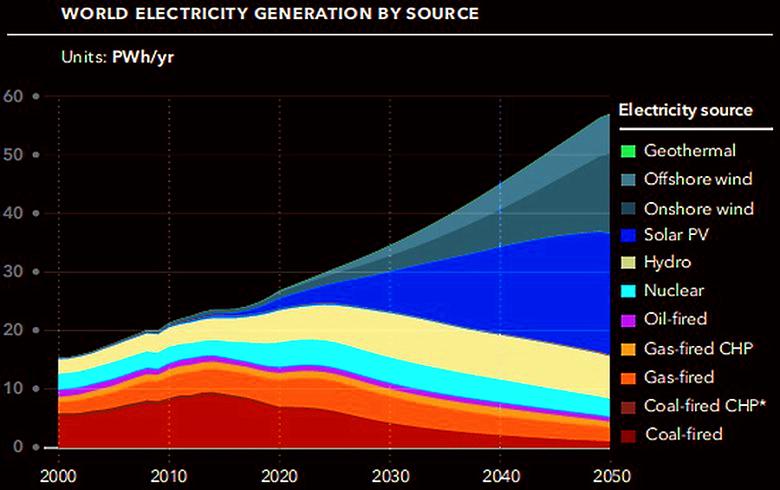
By Paul Hobcraft Innovation Knowledge Provider Agility Innovation
ENERGYCENTRAL - Further major Energy Solution Providers have announced their intentions of withdrawing from Coal.
Toshiba will stop taking orders for coal-fired power plants in line with growing global trends toward reducing carbon emissions. Toshiba holds 11% of the global thermal-power generation market, excluding China. This includes building power plants, producing steam turbines and providing maintenance. While the company will stop accepting new orders for coal-burning plants, it will build 10 stations under existing orders in Japan, Vietnam and other countries.
Siemens Energy, which builds steam turbines for power plants, will no longer take on new business to supply coal-fired powered stations, it said on 10th November 2020 making it the latest firm to scale back fossil fuel-related operations. Selling turbines to coal-fired power plants accounts for a low single-digit percentage of the company’s sales or roughly 820 million euros ($970 million) based on 2020 figures. According to a recent comment, the business was profitable. Siemens Energy has stated it will still meet existing commitments, including placed bids, and honour service contracts for combined heat and power stations but not engage in further coal business (Source Reuters).
Also Black & Veatch, an engineering and construction firm, has announced it also will cease participation in any further coal-based power design and construction. This shift allows its workforce to accelerate further the creation of solutions that help transform the industry, including helping clients reduce dependence on coal power assets and minimize the impact of those assets to the environment. The company says its transition away from any coal-related activity is about a commitment to sustainability and accelerating efforts toward a carbon-free energy future, reported the press release.
The pressure to stop new Coal investment is building- is that really good?
The pressure on Energy Solution Providers has been building for quite some time. Instead of backing coal, new finance is getting behind renewable energy and putting shareholder pressure on forcing decisions on those still involved in the fossil fuel areas.
I find it ironic when most of the financial energy investors portfolio is still in existing fossil fuel companies. Blackrock, for example, is the most visible but holds a very significant fossil- fuel portfolio still. I would like to see the financial institutions “walking far more the talk.”
Financial companies may feel they are being very noble and argue, perhaps realistically, “why would any debt or equity capital provider fund a high emission, highly polluting new coal-fired power plant at double the cost of deflationary, domestic renewables?” was raised as a question by IEEFA.
Having a logical, well thought phased exit plan that accounts for all the supply chain for coal to reduce co2 emissions makes better sense. Not knee-jerk reactions Any transition plan should account for everything associated with coal in the energy system and the one really big one is steelmaking.
The one that worries me is how do you phase out coal in the Iron & Steel industry? This will take decades, and we do need to think through more robust policies and not just threaten Energy providers, believing that solves the issue, it simply does not, it does the opposite, it complicates it.
Threats & Pressures for reducing CO2 emissions
Threats and Pressure can be equally a blunt instrument when your energy dependency is tied to coal such as China and India’s. Both are fast emerging economies that have invested only (fairly) recently in the building blocks to modern infrastructure.
Are these withdrawals of Energy Solution providers fair and on realistic time scales when we seemingly do not have the alternative solutions in place?
In a report released this month, November 2020, by the IEA “Iron & Steel Technology Roadmap” the major issue of Coal, Asia and Steelmaking brings home the enormous difficulty of easily moving from Coal.
To quote from the IEA report: “Among heavy industries, the iron and steel sector ranks first when it comes to CO2 emissions, and second when it comes to energy consumption.
The iron and steel sector directly accounts for 2.6 gigatonnes of carbon dioxide (Gt CO2) emissions annually, 7% of the global total from the energy system and more than the emissions from all road freight.
The steel sector is currently the largest industrial consumer of coal, which provides around 75% of its energy demand. Coal is used to generate heat and to make coke, which is instrumental in the chemical reactions necessary to produce steel from iron ore.
Global steel demand is projected to increase by more than a third through to 2050. Yet, we are struggling to provide a globally attractive or realistic alternative process to replace the coal need to generate the heat required to make coke, that eventually produces steel from iron ore.
What can’t be ignored in all this action to stop coal, again to quote from the IEA report:
Global crude steel production capacity has more than doubled over the past two decades; three-quarters of the growth took place in China, and around 85% of total capacity today is located in emerging economies. This rapid growth has resulted in a young global blast furnace fleet of around 13 years of age on average, which is less than a third of the typical lifetime of these plants.
The critical observation here is this “If operated until the end of their typical lifetime under current conditions, these and other assets in the steel industry could lead to around 65 Gt CO2 of cumulative emissions. This would exhaust most of the CO2 budget compatible with a sustainable transition for the sector, leaving no room to manoeuvre for the capacity additions that will be required over the coming decades.”
Are we placing China and India into a direct confrontation of its energy needs with where the rest of the world wants to go? What solutions are to be found to enable clear transition plans that are explicit to tackling the iron and steel sector?
Steelmaking today will “kill” the Energy Transition if we do not find new innovative processes.
The reality is the present steelmaking being undertaken in the world today will “kill” any energy transition and obtaining global emission targets on reducing CO2 and other harmful emissions.
By pushing even further Energy Solution providers out of the Coal business is drastically reducing the chances of finding alternative innovation solutions surely?
As the IEA report states ” New steel making processes are critical, but there is no one right answer.”
The IEA points out Hydrogen, carbon capture, use and storage (CCUS), bioenergy and direct electrification all constitute avenues for achieving deep emission reductions in steelmaking, with multiple new process designs being explored today.
Energy prices, technology costs, the availability of raw materials and the regional policy landscape are all factors that shape the technology portfolio Innovative smelting reduction, gas-based DRI and various innovative blast furnace concepts, all equipped with CCUS, prevail in areas where the local policy context is favourable and cheap fossil fuels are abundant.
By the way, Siemens Energy is promising to be one of the Hydrogen Industrial players, possibly ironic again!
Deep emission reductions are simply not achievable without innovation in technologies for near-zero emissions steel making.
As the report by the IEA outlines, India takes centre stage, as by 2050 almost one-fifth of the steel produced globally is expected to come from India, compared to around 5% today.
India is already the world’s second-largest steel-producing country. It is expected to increase its annual production volumes by 2050 by an amount equivalent to twice that of the European Union’s total production in 2019.
The view is that a diverse technology portfolio needs to emerge in India to tackle an array of challenges for iron and steel. India’s existing production fleet can be characterised as relatively young, energy-intensive and growing at a faster pace than domestic scrap availability.
Furthermore, the country has vast renewable resources and long-held experience in DRI production. There is this revolution in innovation and enabling infrastructure then we need urgently for new steelmaking processes as critical, but there is no one right answer or solution to simply replace coal from steelmaking.
Are we stopping innovation if the known Energy Providers continue to withdraw from their coal associations?
Forcing Energy solution Providers to withdraw from Coal involvement is simply adding to the problems. Simply put, deep emission reductions are not achievable without innovation in technologies for near-zero emissions steelmaking, and that comes from the very Energy providers being pressured to withdraw their support from Coal.
Finding a more thoughtful, sustainable pathway.
Are we killing the energy transition by some short-sighted pressure groups not recognizing the complexity and dependency we presently have on coal? Steel is deeply engrained in our society; it is in a vast amount of our lives. The construction of homes, schools, hospitals, bridges, cars and trucks rely heavily on steel.
We often forget that Steel will also be an integral ingredient for the energy transition, with solar panels, wind turbines, dams and electric vehicles all depending on it to varying degrees.
We are in some urgent need for some very focused solutions to switch away from Coal for Steelmaking. To achieve this, we need far more stakeholder collaborations, establishing framework fundamentals and very targeted actions and a coherent set of enabling conditions to put us onto a clean energy steel pathway.
A pathway that is more dependent on innovation and technology investments combined with clean energy that can generate the conditions to produce steel.
This involves huge R&D investments, and by systematically pushing out the very Energy Providers who have alternative solutions just does not seem smart to me.
-----
This thought leadership article was originally shared with Energy Central's Energy Collective Group. The communities are a place where professionals in the power industry can share, learn and connect in a collaborative environment. Join the Energy Collective Group today and learn from others who work in the industry.
-----
Earlier:
